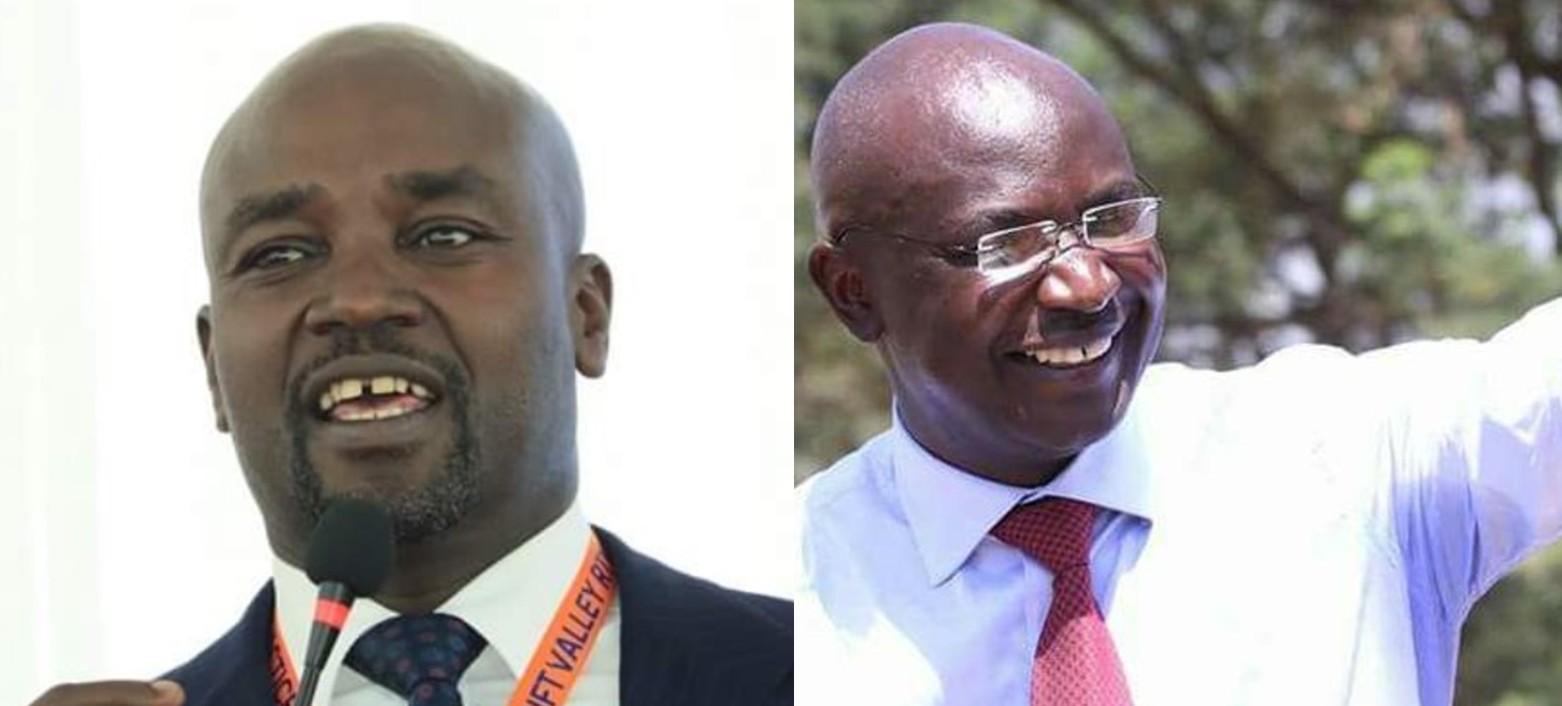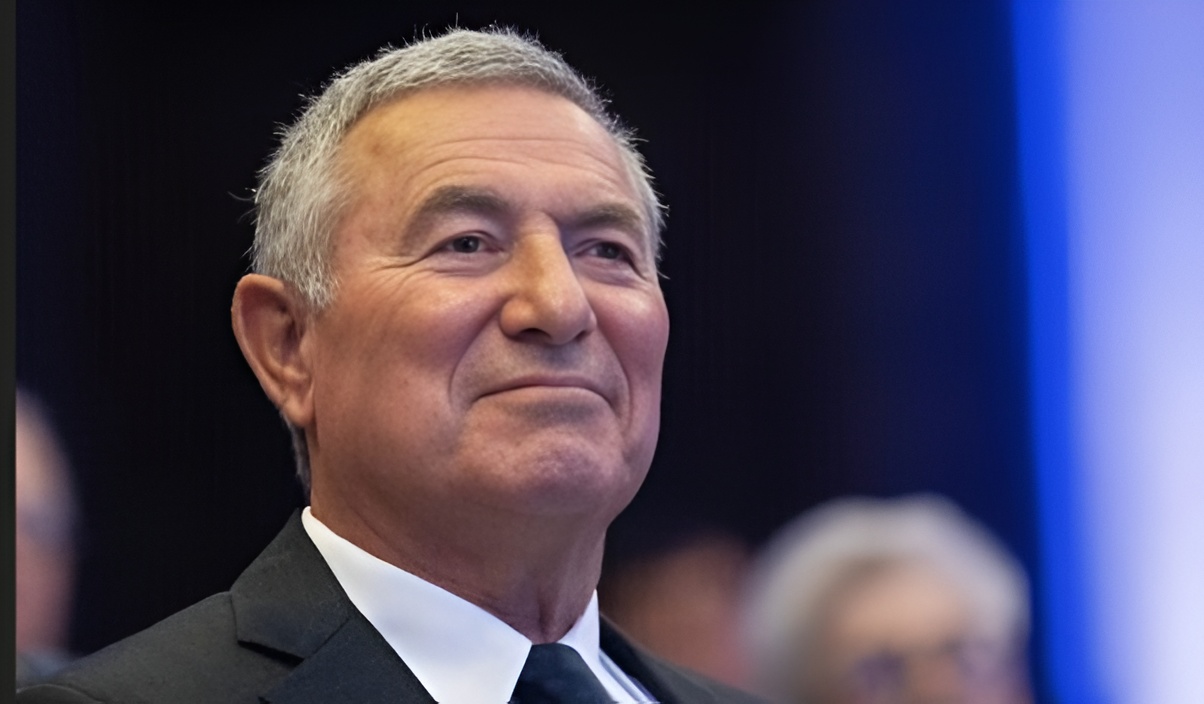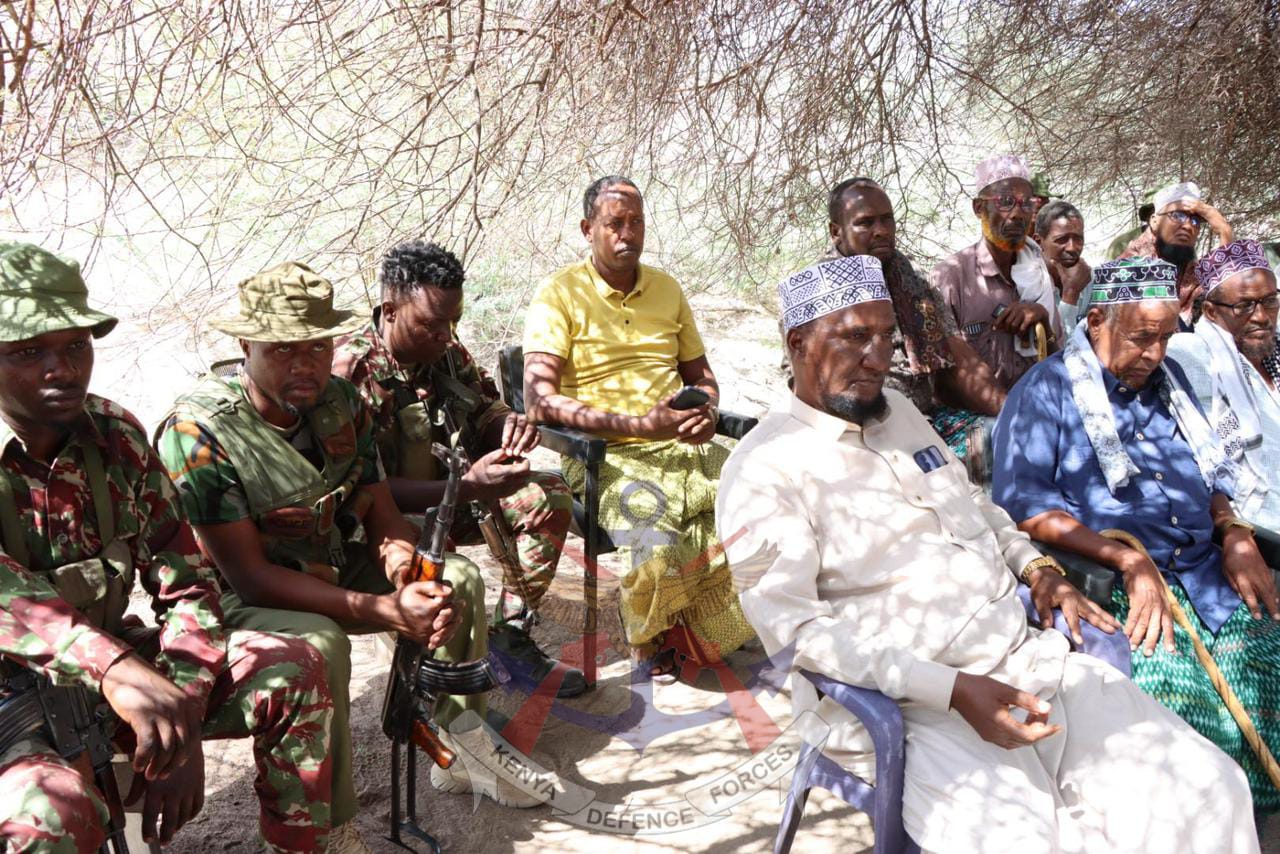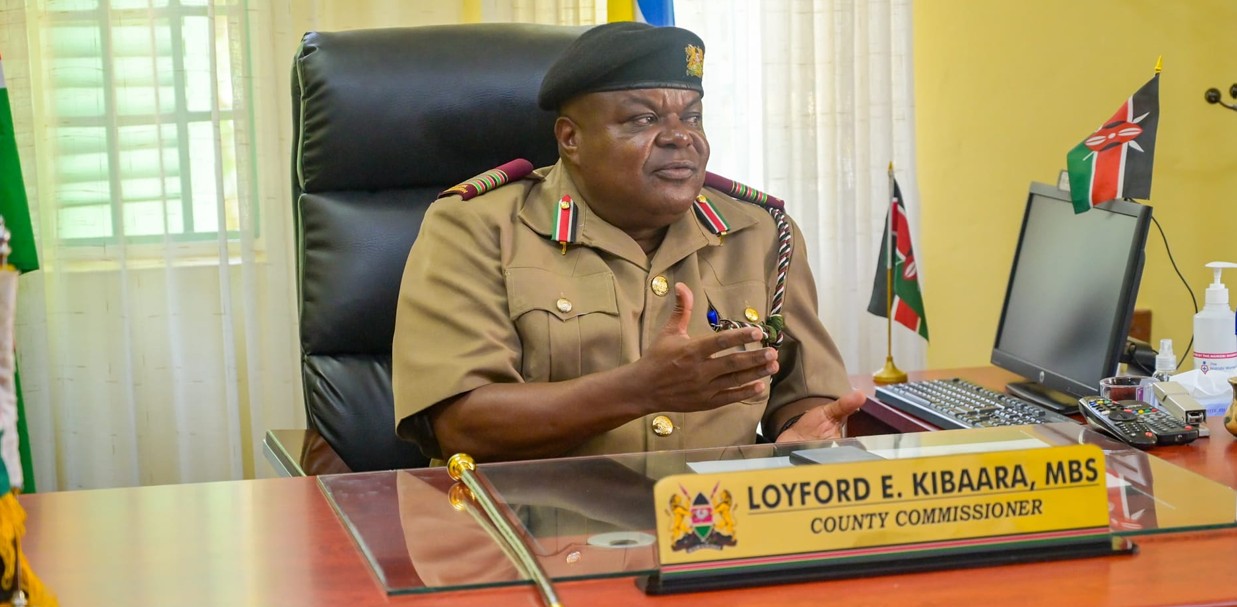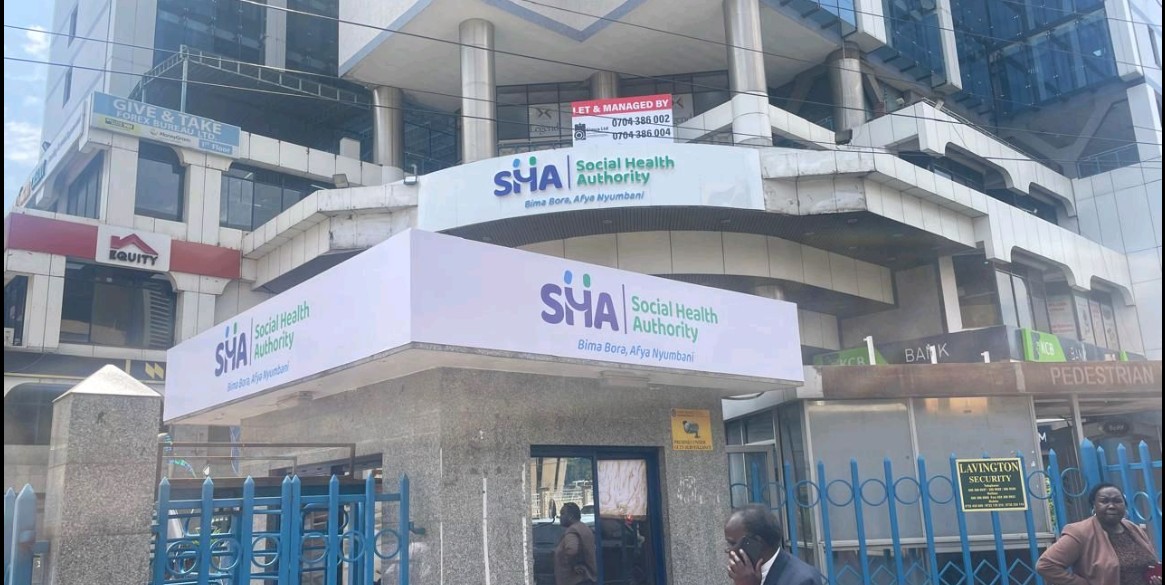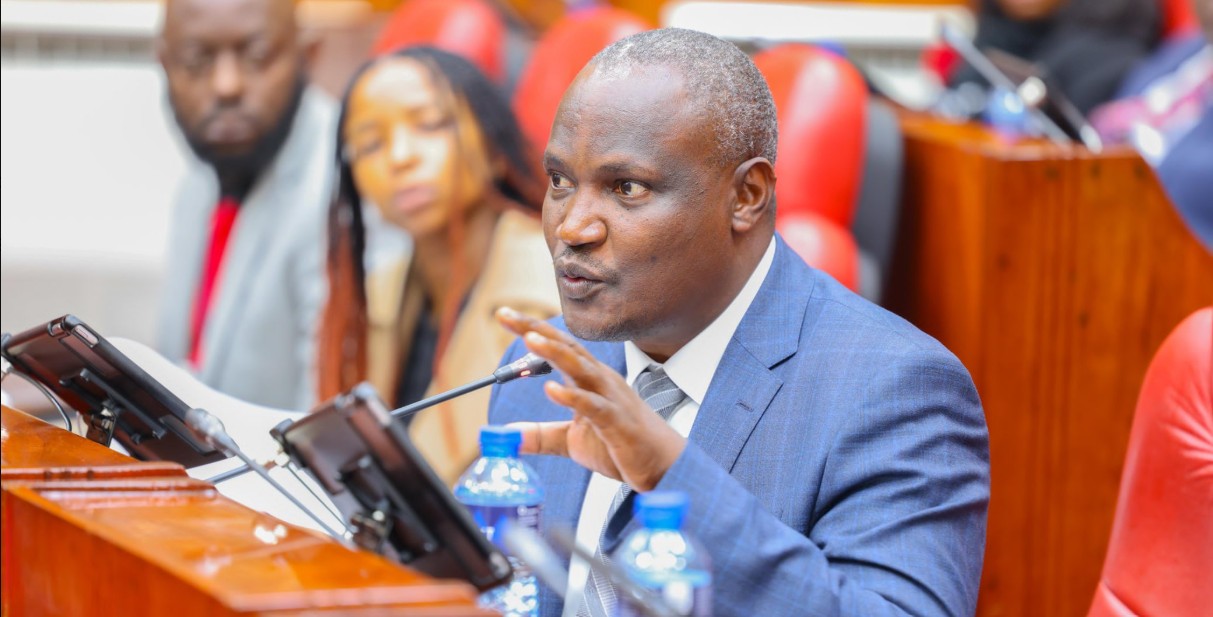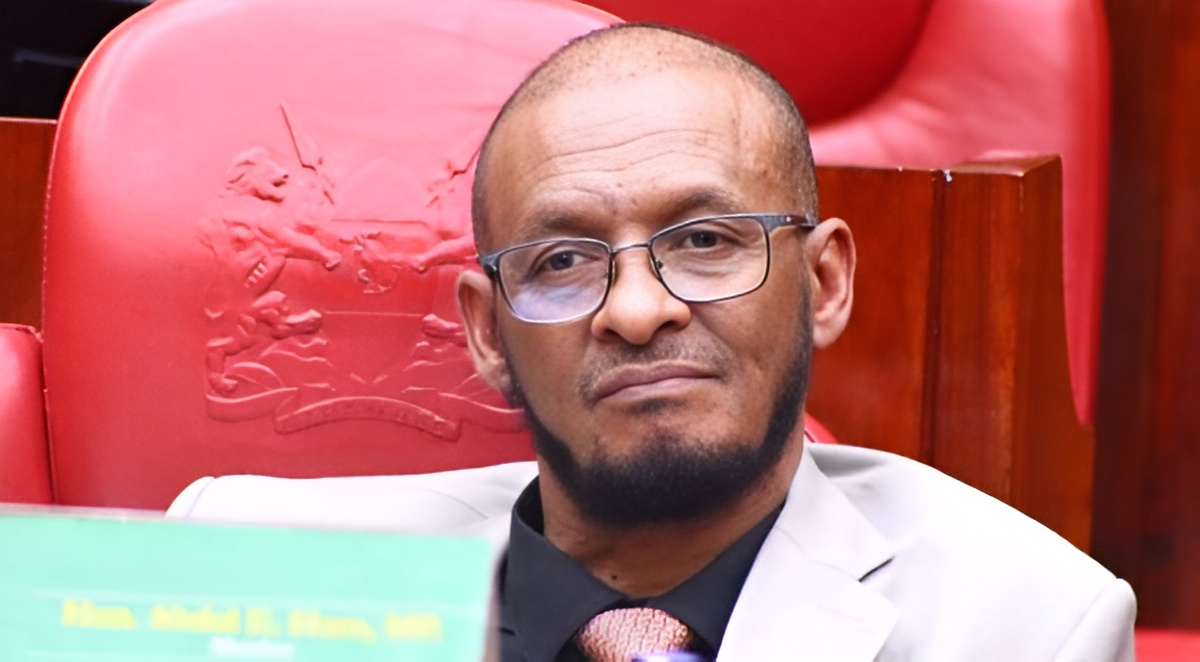Contradictions emerge in police testimonies at inquest into Rex Masai’s killing
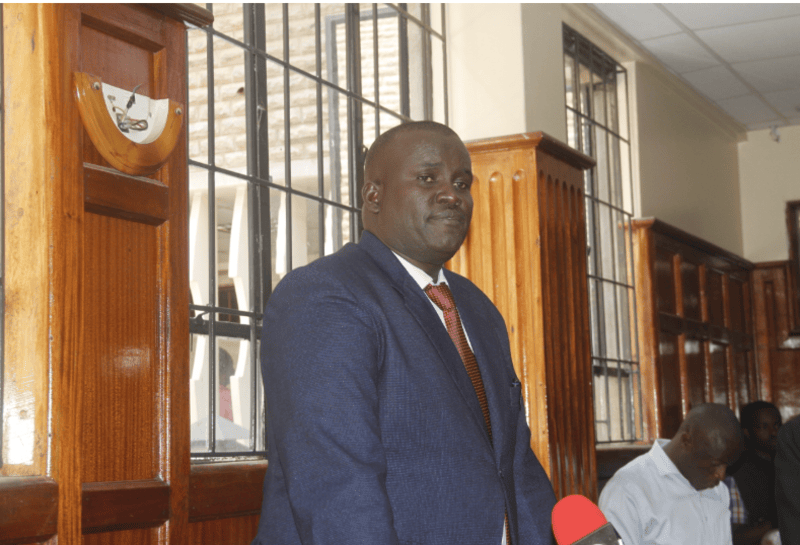
This version of events contradicts the testimony of former Nairobi Police Commander Adamson Bungei, who previously told the inquest that police were only deployed at around 11:00 am after the "invasion" of the Nairobi Central Business District (CBD) by riotous youths.
Police officers who testified in the inquest into the murder of activist Rex Masai appeared to give contradictory accounts regarding deployment plans to handle the Gen Z protests on 20 June last year, the day Rex was shot dead.
Corporal Isaiah Murangiri, who is suspected to have killed Rex, told the inquest that he was deployed at the Kenyatta International Convention Centre (KICC) gate at 5:30 am by former Nairobi Central Sub-County Police Commander (SCPC) Doris Mugambi.
More To Read
- Police armoury officer defends firearms records in Rex Masai murder case
- Rising stray dog population in Kamukunji spark public health and safety concerns
- Property worth millions destroyed as fire razes shops at Yare Business Park in Eastleigh
- MP Yusuf Hassan pledges to protect public land as intruders break into Maina Wanjigi in attempt to grab land
- Families of Gen Z protest victims demand justice before compensation
- Best biriyani in Eastleigh: Esli Hub Restaurant at Yare Towers delivers a flavour explosion
Murangiri stated that he was deployed alongside officers from the Kenya Police Service (KPS) General Duty, General Service Unit (GSU), and Rapid Deployment Unit (RDU) of the Administration Police Service (APS).
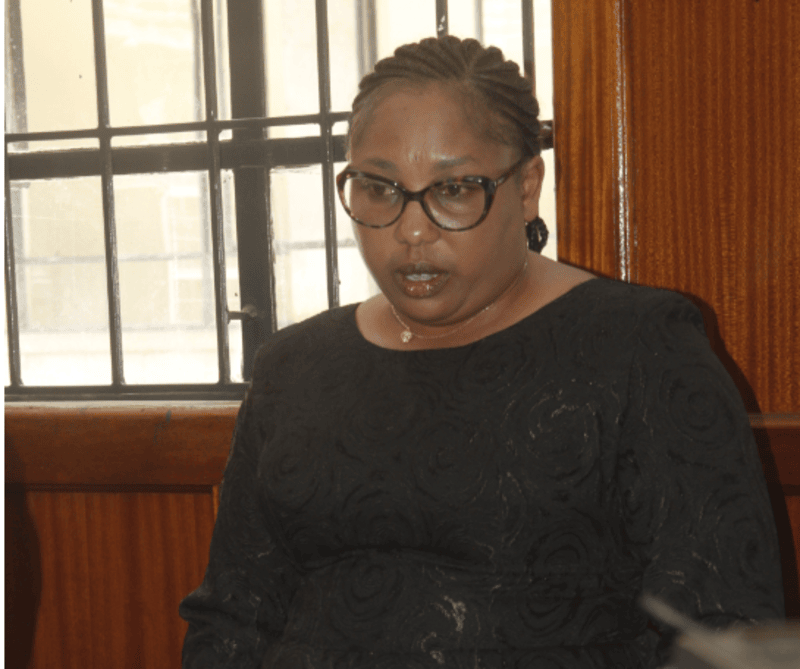 Kiambu County police commander Doris Mugambi and former Nairobi Central Sub County Police Commander Doris Mugambi in the dock at the Milimani law courts. (Joseph Ndunda)
Kiambu County police commander Doris Mugambi and former Nairobi Central Sub County Police Commander Doris Mugambi in the dock at the Milimani law courts. (Joseph Ndunda)
However, Mugambi, now the Kiambu Police Commander, testified that she took her position at the Parliament Buildings at 5:00 am on the same day (June 20, 2024) and remained there until past 10:00 pm.
She explained that police were aware of the planned "Occupy Parliament" protests, but since they were being organised on social media, they were not deemed official, making it difficult for police to plan accordingly.
“I was aware that there could be a protest, but it was not official. I raised a standby team just in case demonstrations occurred and informed the commander at the time,” Mugambi said.
The senior officer further stated that she took charge at Parliament Buildings earlier than expected, “not because I was deployed there, but because reports on social media indicated that demonstrators had shifted their intention from rejecting the Finance Bill to occupying Parliament.”
Given that Parliament is a restricted area, she said, police had to take charge as a precaution.
Contradictions in deployment accounts
Mugambi reiterated that a standby team was raised in case of any protests. “On June 20, 2024, it was again about Occupy Parliament, and while still not official, we learnt about it through social media, which did not necessarily trigger a formal police operation. However, as per our duties, we took charge in case of any incidents.”
“I was at the KICC at around 5:00 am for officers’ briefings. Up until 11:00 am, there were attempts by rowdy youths to disrupt activities within the CBD. By 11:00 am, a large but unorganised group had already gathered. We were able to contain them until 4:00 pm,” she added.
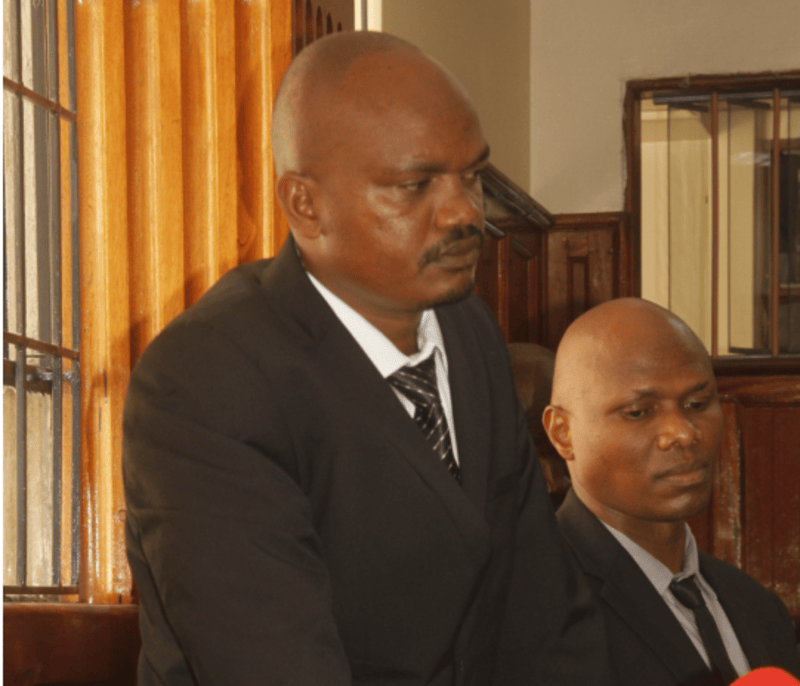 Corporal Isaiah Murangiri of Central Police station in the dock at the Milimani law courts. Photo (Joseph Ndunda EV)
Corporal Isaiah Murangiri of Central Police station in the dock at the Milimani law courts. Photo (Joseph Ndunda EV)
This version of events contradicts the testimony of former Nairobi Police Commander Adamson Bungei, who previously told the inquest that police were only deployed at around 11:00 am after the "invasion" of the Nairobi Central Business District (CBD) by riotous youths.
Bungei maintained that no operational order had been issued in preparation for the protests.
“The National Police Service (NPS) is always the first line of security in matters of internal security, and we take responsibility when issues of public interest arise,” he said.
The top-ranking officer, now the Director of KPS Operations, insisted that no operational order existed, explaining that a multi-agency operation was launched only after the situation escalated.
However, a lawyer representing the Independent Policing Oversight Authority (IPOA) reminded Bungei that when he recorded a statement with IPOA investigators, he had indicated that he had not carried the order.
This suggests the existence of an operational order, contrary to Bungei’s explanation.
Bungei, however, maintained his stance, stating that the entire operation was a reaction to the increasing numbers of riotous youths who had begun destroying private property and vandalising police vehicles.
 Rex Kanyike Masai who was killed during the anti-government Gen Z protests in June 2024. Photo: File/X/BonifaceMwangi
Rex Kanyike Masai who was killed during the anti-government Gen Z protests in June 2024. Photo: File/X/BonifaceMwangi
An operational order is a deployment roster detailing where each officer was assigned. Such a document would have helped identify the officer responsible for shooting the deceased by showing who was deployed at the location where Rex Masai was shot.
“I have been asked to issue an operational order. However, I was not asked to bring it along when summoned by IPOA,” Bungei stated.
He further cited constitutional and legal provisions that limit police officers from disclosing classified information, referring to Article 24(5) of the Kenyan Constitution and Sections 42 and 48 of the National Police Service Act.
“I am clear in my mind that there was no operational order. This was a reactive operation. If an operational order had existed, I would confirm it. Since there was none, it was a response to an escalating situation.”
The inquest before Senior Principal Magistrate Geoffrey Onsaringo is set to continue on 10, 13, and 14 March 2025.
Top Stories Today


